Home>Gardening & Outdoor>Landscaping Ideas>When To Water Grass In Winter
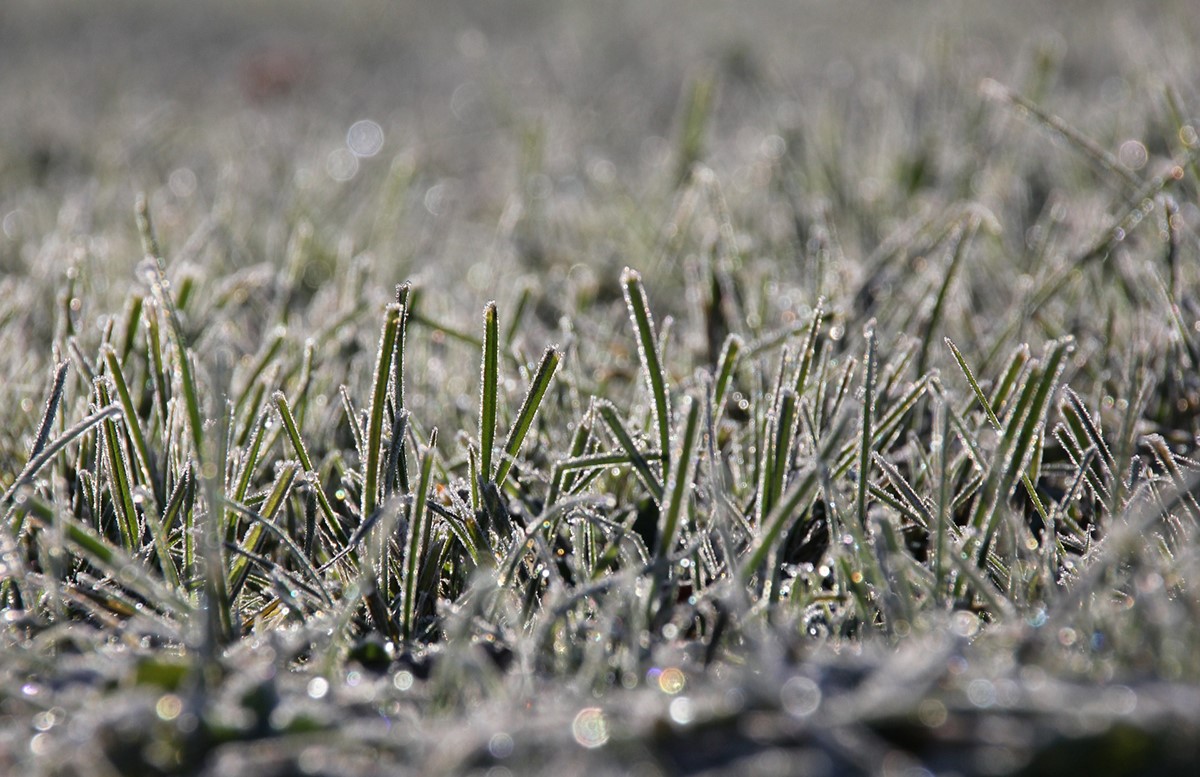

Landscaping Ideas
When To Water Grass In Winter
Modified: August 16, 2024
Learn the best landscaping ideas for watering grass in winter to maintain a healthy and vibrant lawn. Discover expert tips for winter lawn care. Ideal for homeowners and garden enthusiasts.
(Many of the links in this article redirect to a specific reviewed product. Your purchase of these products through affiliate links helps to generate commission for Storables.com, at no extra cost. Learn more)
Introduction
Welcome to the winter wonderland of lawn care! While the chilly season often conjures images of dormant lawns blanketed in snow, it’s essential to remember that your grass still needs attention, particularly when it comes to watering. As the temperatures drop and the days grow shorter, understanding the unique watering needs of your lawn during winter becomes crucial to maintaining its health and vibrancy.
In this comprehensive guide, we’ll delve into the art of winter grass watering, exploring the signs that indicate your grass requires hydration, the best times to water, and the most effective methods for doing so. By the end of this journey, you’ll be equipped with the knowledge and insights needed to ensure that your lawn thrives even in the frostiest of seasons.
Key Takeaways:
- During winter, grass still needs water to stay healthy. Look for signs like wilting, dry soil, and inconsistent snow cover to know when to water.
- Water grass in the mid-morning or early afternoon to help it absorb moisture effectively. Deep, infrequent watering and adjusting to weather conditions are key for winter lawn care.
Read more: When To Start Watering Grass After Winter
Understanding Winter Grass Watering Needs
When the winter season sets in, the moisture requirements of your lawn undergo a significant shift. While the growth rate of grass slows down during this time, the need for water remains essential for its overall health. Understanding the altered watering needs of your lawn in winter is crucial to prevent it from drying out and becoming susceptible to damage.
One of the key factors to consider is the reduced evaporation rate during winter. With lower temperatures and reduced sunlight, the soil retains moisture for longer periods, diminishing the frequency of watering sessions required. However, this doesn’t imply that your lawn can do without water altogether. Winter drought is a real concern, as the combination of cold winds and dry soil can lead to desiccation, causing the grass to turn brown and become vulnerable to diseases.
Furthermore, the occasional thawing of frozen ground can create periods of saturation followed by rapid drainage, leaving the grass roots in a state of fluctuating moisture levels. Understanding these dynamics is pivotal in determining the appropriate watering regimen for your lawn during winter.
Another crucial aspect to consider is the type of grass in your lawn. Cool-season grasses, such as fescue, ryegrass, and Kentucky bluegrass, are prevalent in regions with cold winters. These grasses have adapted to the lower temperatures and have a higher tolerance for cold and frost. However, they still require adequate moisture to withstand the harsh winter conditions.
By grasping the unique watering needs of your lawn in winter, you can establish a tailored approach to ensure its well-being throughout the season. In the following sections, we’ll explore the signs that indicate your grass requires watering, the best times to water, and the most effective methods for doing so.
Signs That Your Grass Needs Watering
Understanding when your grass requires watering is essential for maintaining its health during the winter months. While the dormant nature of grass in winter may seem to indicate a reduced need for water, there are specific signs that indicate otherwise. By recognizing these indicators, you can ensure that your lawn receives the moisture it needs to thrive.
One of the primary signs that your grass needs watering in winter is visible wilting or discoloration. When the blades of grass start to lose their vibrant green hue and appear dull or straw-like, it’s a clear indication that they are in need of hydration. Additionally, if you notice the grass losing its resilience and not springing back when walked on, it’s a sign that the soil moisture levels are insufficient.
Another sign to watch for is soil dryness. By physically inspecting the soil, particularly in areas where the grass is struggling, you can assess its moisture levels. Dry, crumbly soil that is visibly pulling away from the grass roots indicates a lack of water. In some cases, you may even notice shallow cracks forming in the soil, further emphasizing the need for watering.
Furthermore, observing the weather patterns can provide valuable insights into your grass’s watering needs. If your region experiences extended periods of dry, windy, or unseasonably warm weather during winter, it can significantly impact the moisture levels in the soil. These conditions can accelerate the evaporation of moisture from the soil, leaving the grass parched and in need of watering.
Additionally, if your lawn is located in an area with inconsistent snow cover, the exposed grass may require supplemental watering. The freeze-thaw cycles and fluctuating temperatures can lead to moisture fluctuations in the soil, making it essential to monitor the grass for signs of dehydration.
By remaining attentive to these signs, you can proactively address your grass’s watering needs, ensuring that it remains healthy and resilient throughout the winter season.
Water your grass in winter when the soil is dry and there is no snow cover. Water in the morning to allow time for the grass to dry before nightfall, preventing the risk of disease.
Best Times to Water Grass in Winter
Timing plays a crucial role in ensuring effective winter watering for your grass. While the frequency of watering is reduced during the colder months, choosing the right times to water is paramount for maximizing the absorption of moisture and minimizing the risk of issues such as frost damage. Understanding the best times to water your grass in winter can significantly impact its overall health and resilience.
One of the optimal times to water your grass in winter is during the mid-morning hours. As the sun rises and temperatures begin to increase, the grass has the opportunity to absorb the moisture before the onset of lower nighttime temperatures. This timing allows the grass blades to dry off gradually, reducing the risk of fungal diseases that thrive in damp conditions.
Another favorable time for winter watering is in the early afternoon, particularly on sunny days. The combination of sunlight and slightly warmer temperatures can facilitate better absorption of water by the grass roots. However, it’s essential to avoid watering late in the afternoon, as the grass may not have sufficient time to dry before the temperatures drop, potentially leading to frost damage.
It’s important to note that watering in the evening or at night should be avoided during winter. The prolonged dampness of the grass overnight can create an environment conducive to fungal growth and disease, posing a risk to the overall well-being of the lawn. Additionally, the potential for water to freeze on the grass blades during the night can cause damage and inhibit the grass’s ability to recover.
While the frequency of watering may be reduced in winter, the timing of each watering session is critical for optimizing the grass’s ability to absorb and utilize the moisture effectively. By aligning your watering schedule with the best times for absorption and minimizing the risk of frost damage, you can ensure that your grass remains healthy and resilient throughout the winter season.
How to Water Grass in Winter
When it comes to watering your grass during the winter season, employing the right techniques is essential to ensure that the moisture reaches the roots effectively and contributes to the overall health of the lawn. While the frequency of watering may be reduced, the method and approach to winter watering play a significant role in maintaining the resilience of your grass.
One of the key considerations for winter watering is to focus on deep, infrequent watering sessions. Rather than frequent light watering, which can lead to shallow root growth and susceptibility to frost damage, aim for deeper watering that encourages the grass roots to establish a robust and resilient system. This approach helps the grass withstand the challenges of winter and prepares it for healthy regrowth in the spring.
Additionally, it’s important to monitor the moisture levels in the soil to determine the need for watering. While the visible signs of wilting and soil dryness serve as indicators, using a soil moisture meter can provide more precise insights into the moisture content at different depths. This allows you to make informed decisions about when to water and the duration required to replenish the moisture effectively.
Another crucial aspect of winter watering is to adjust the irrigation schedule based on the prevailing weather conditions. If your region experiences periods of dry, windy, or unseasonably warm weather, the grass may require supplemental watering to offset the increased evaporation and moisture loss. Conversely, during extended periods of snow cover, the grass may need minimal to no additional watering, as the snow can contribute to the moisture levels in the soil.
When applying water to the grass, ensure that it is distributed evenly to prevent pooling or runoff. Overwatering can be detrimental, leading to waterlogged soil and potential issues with root health. By using efficient watering techniques, such as oscillating or rotary sprinklers, you can achieve uniform coverage and minimize wastage of water.
Furthermore, it’s essential to adjust your winter watering practices as the season progresses. As the days gradually lengthen and temperatures begin to rise, the grass’s moisture requirements may increase. By staying attuned to these changes and adapting your watering regimen accordingly, you can support the grass’s transition into the spring growth phase.
By implementing these strategies for winter watering, you can ensure that your grass receives the necessary moisture to endure the challenges of the season and emerge lush and vibrant when spring arrives.
Read more: When To Plant Winter Grass In Arizona
Conclusion
As the winter season blankets the landscape in a serene embrace, the care and attention given to your lawn play a pivotal role in preserving its health and vitality. Understanding the nuanced art of winter grass watering empowers you to navigate the season with confidence, ensuring that your grass thrives despite the frosty conditions.
By recognizing the altered watering needs of your lawn in winter and familiarizing yourself with the signs that indicate its need for moisture, you can proactively address any hydration requirements, safeguarding the grass from the perils of winter drought and desiccation. Through attentive observation and a keen eye for detail, you can provide the essential nourishment needed to sustain the resilience and vibrancy of your lawn.
Timing, as in many aspects of life, proves to be a critical factor in the winter watering equation. By choosing the best times to water your grass, you optimize the absorption of moisture and mitigate the risks associated with frost damage and fungal growth. This strategic approach ensures that each watering session contributes to the overall well-being of the grass, setting the stage for a lush and thriving lawn in the seasons to come.
Embracing the art of winter grass watering also entails adopting the right techniques to deliver moisture effectively to the roots. Through deep, infrequent watering and a keen awareness of the prevailing weather conditions, you can tailor your approach to meet the specific needs of your lawn, fostering a robust and resilient grass ecosystem that withstands the trials of winter and emerges rejuvenated in the spring.
As you embark on this journey of winter grass care, may your newfound knowledge and insights serve as the guiding light, nurturing your lawn through the tranquil beauty of the season. With each thoughtful watering session, you contribute to the enduring health and splendor of your grass, creating a verdant tapestry that flourishes amidst the winter’s embrace.
So, as the snowflakes dance and the frost glistens, may your lawn stand as a testament to the care and dedication woven into its very roots, a testament to the art of winter grass watering.
Frequently Asked Questions about When To Water Grass In Winter
Was this page helpful?
At Storables.com, we guarantee accurate and reliable information. Our content, validated by Expert Board Contributors, is crafted following stringent Editorial Policies. We're committed to providing you with well-researched, expert-backed insights for all your informational needs.

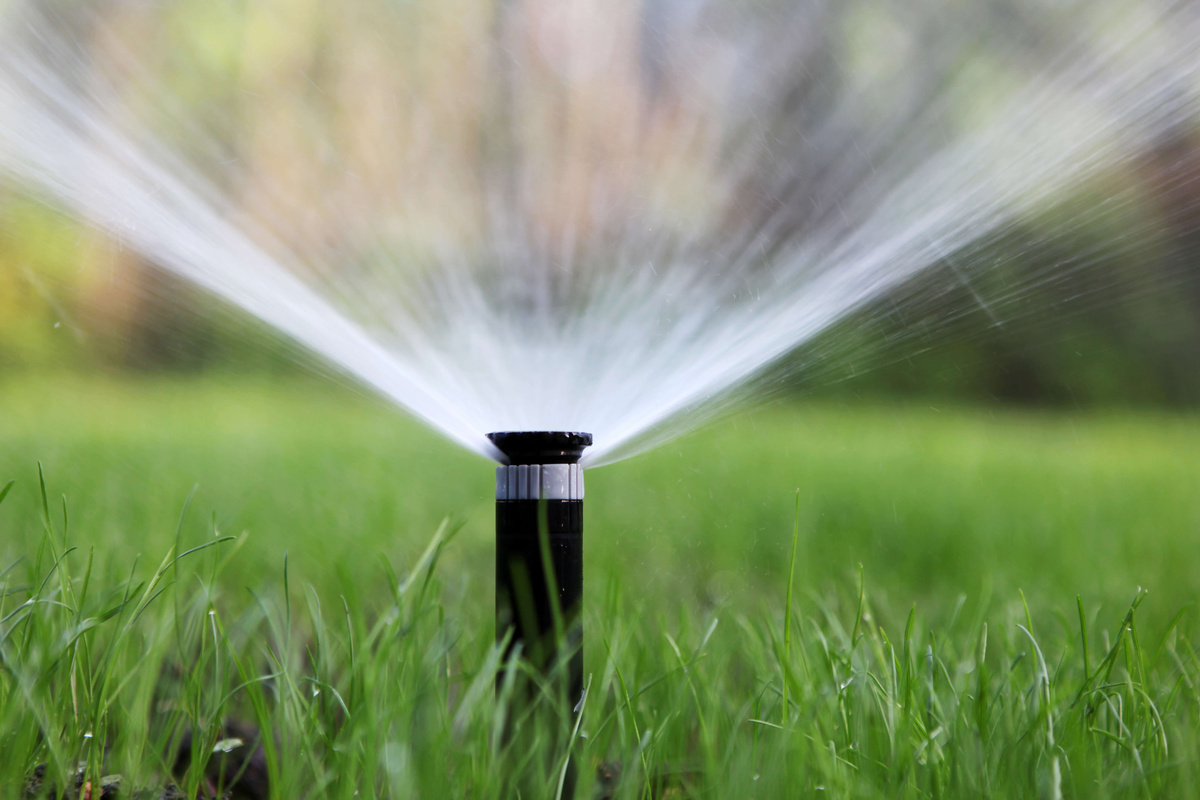

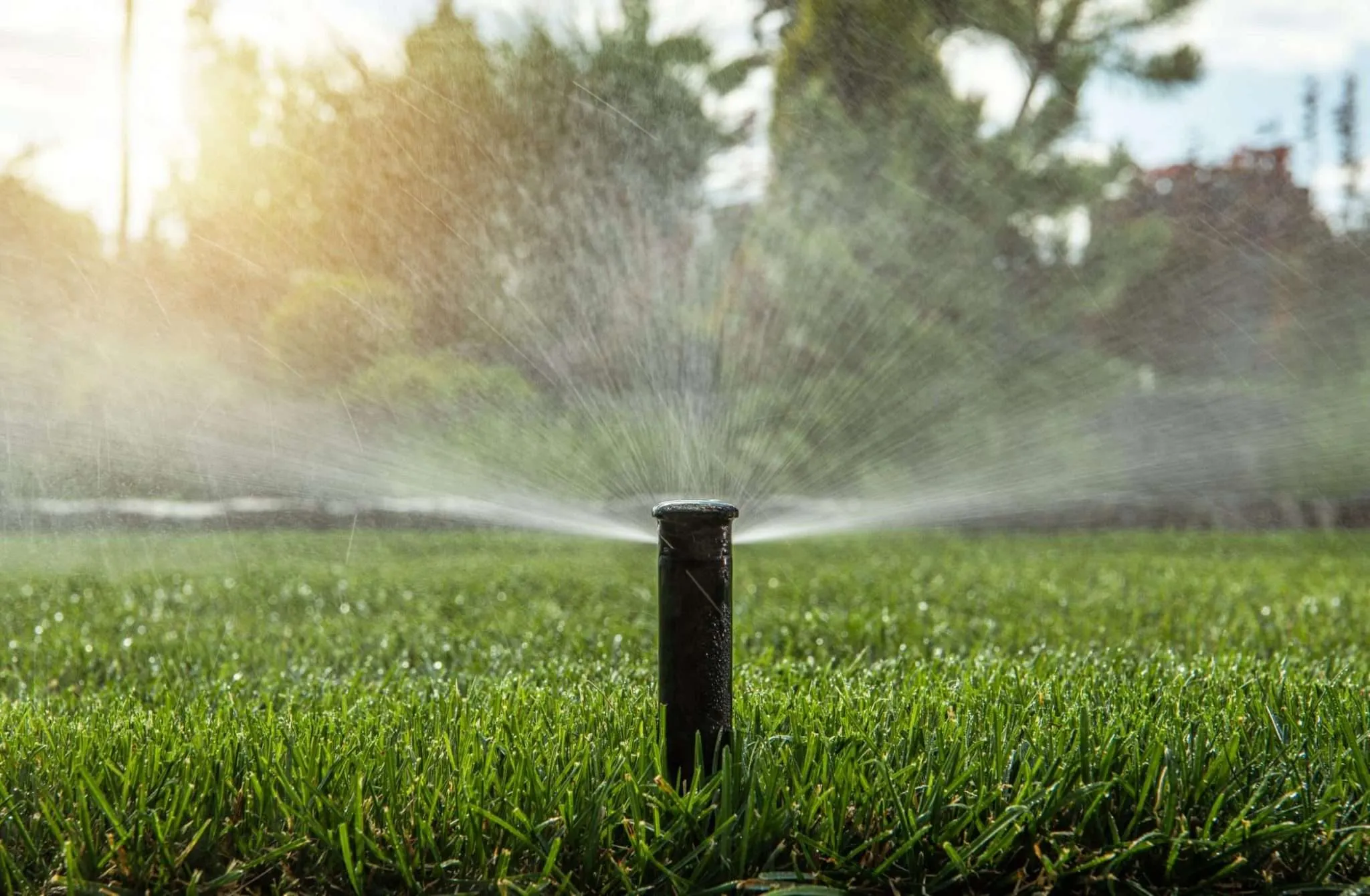

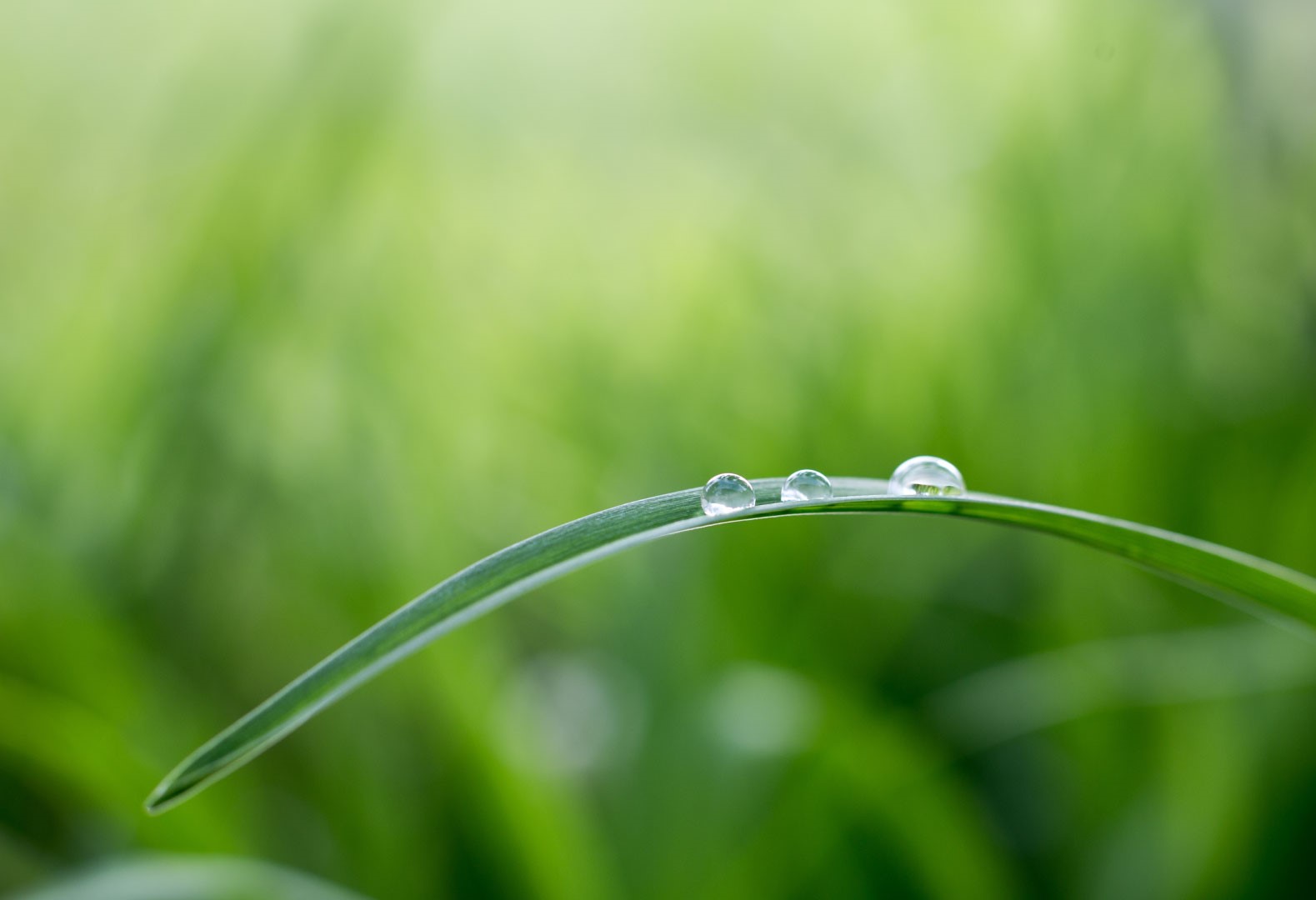
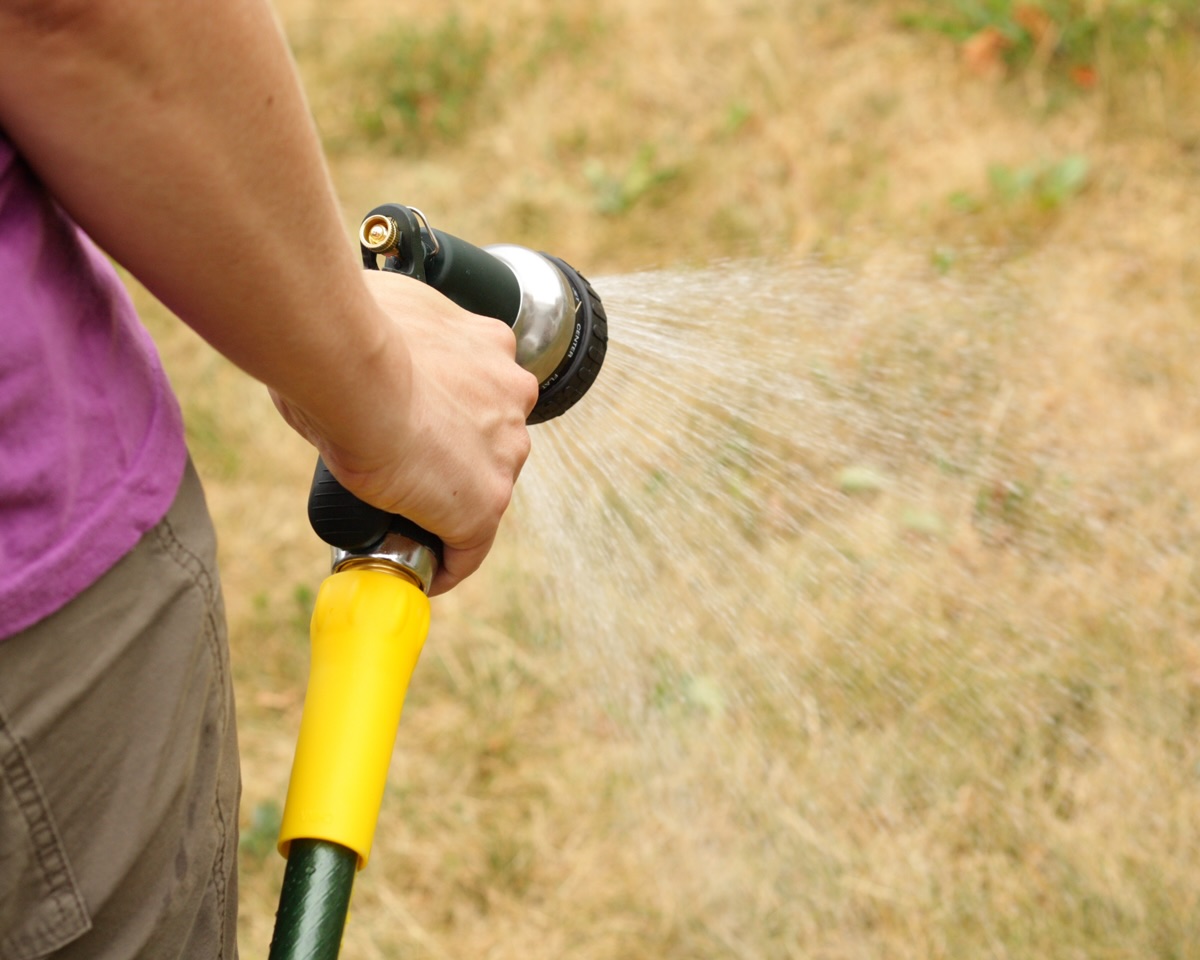
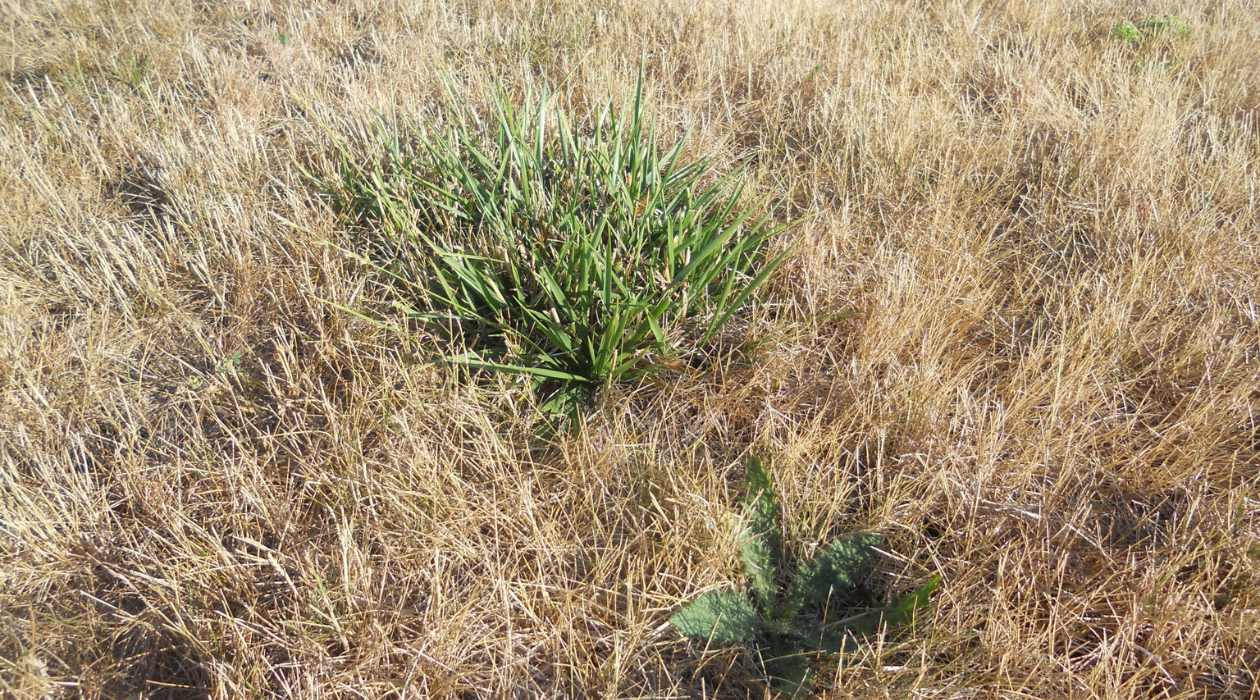
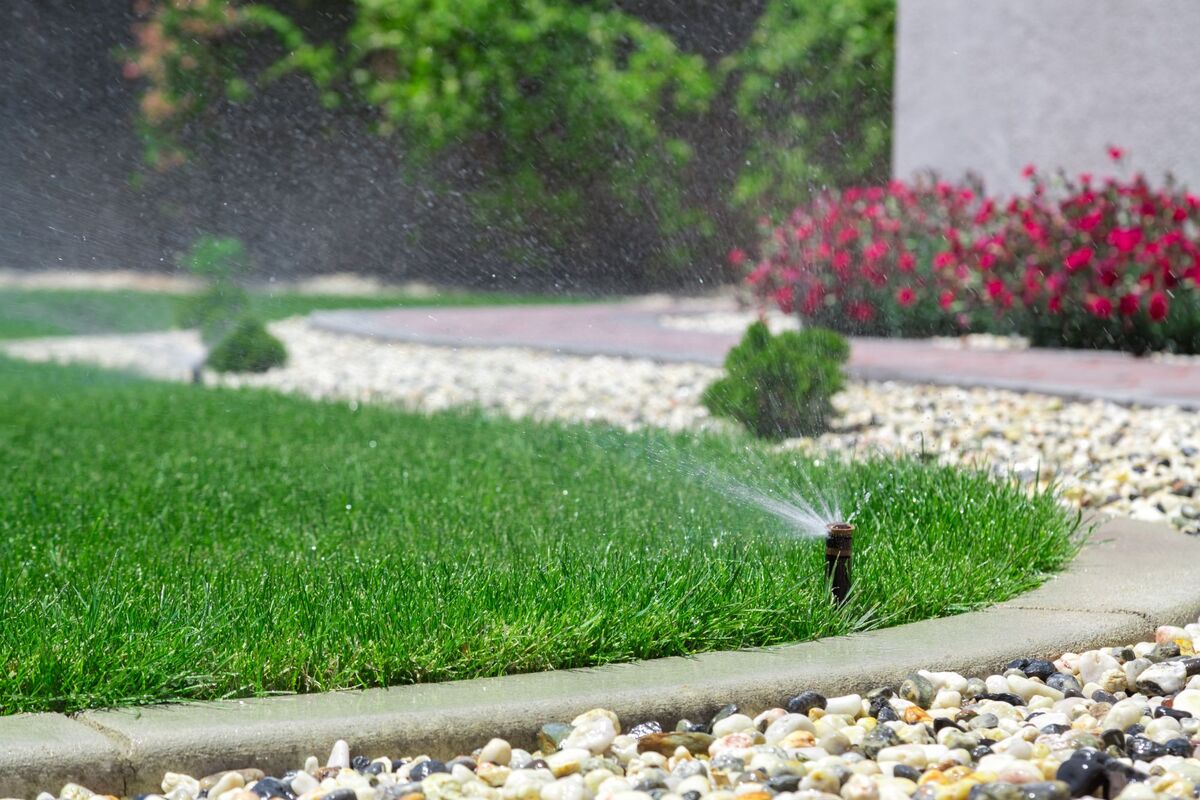
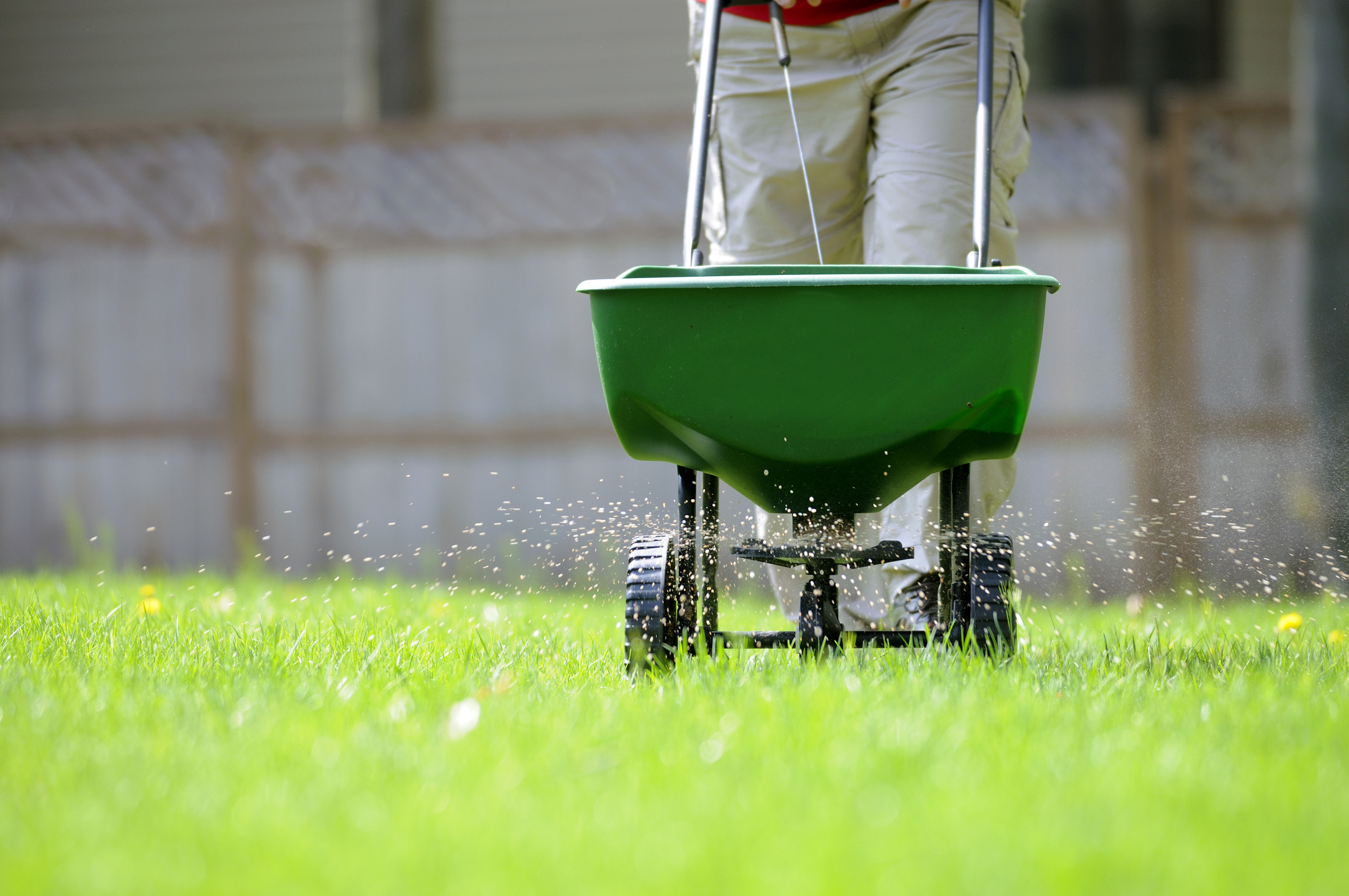
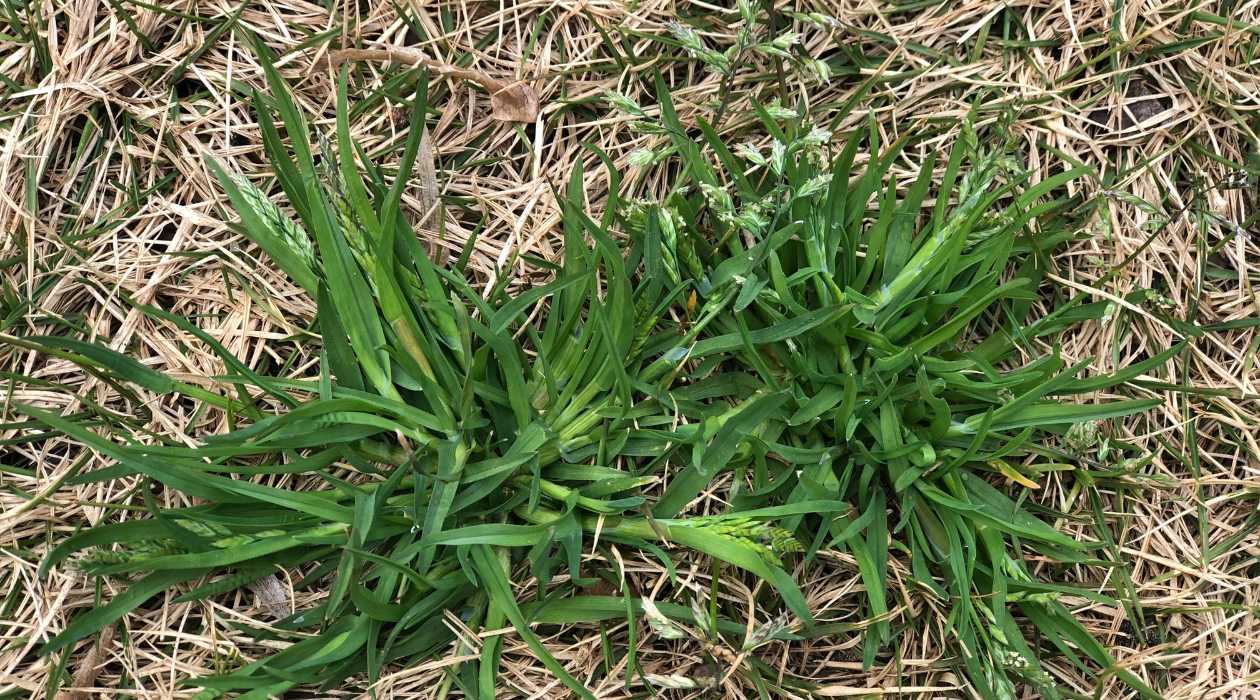

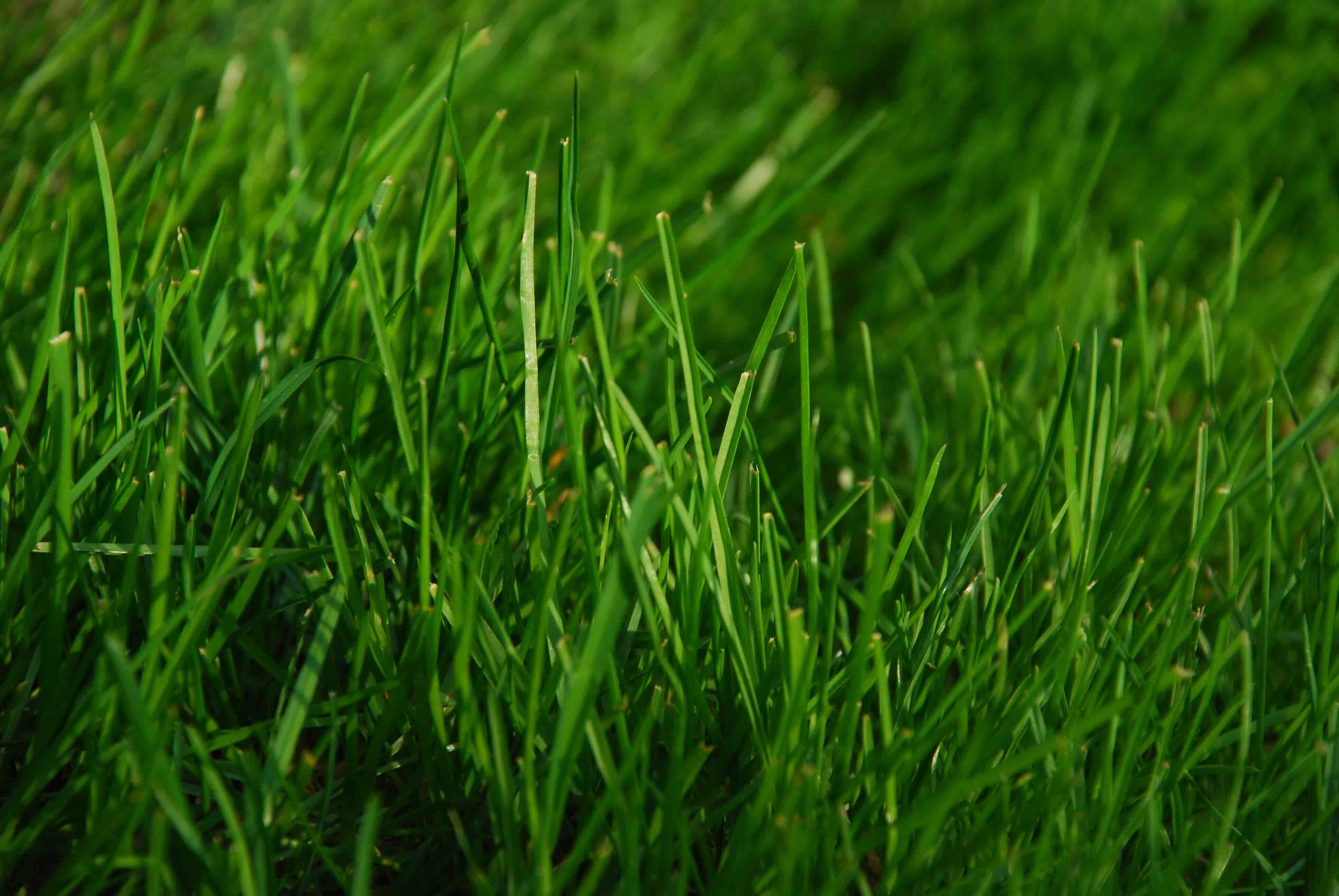
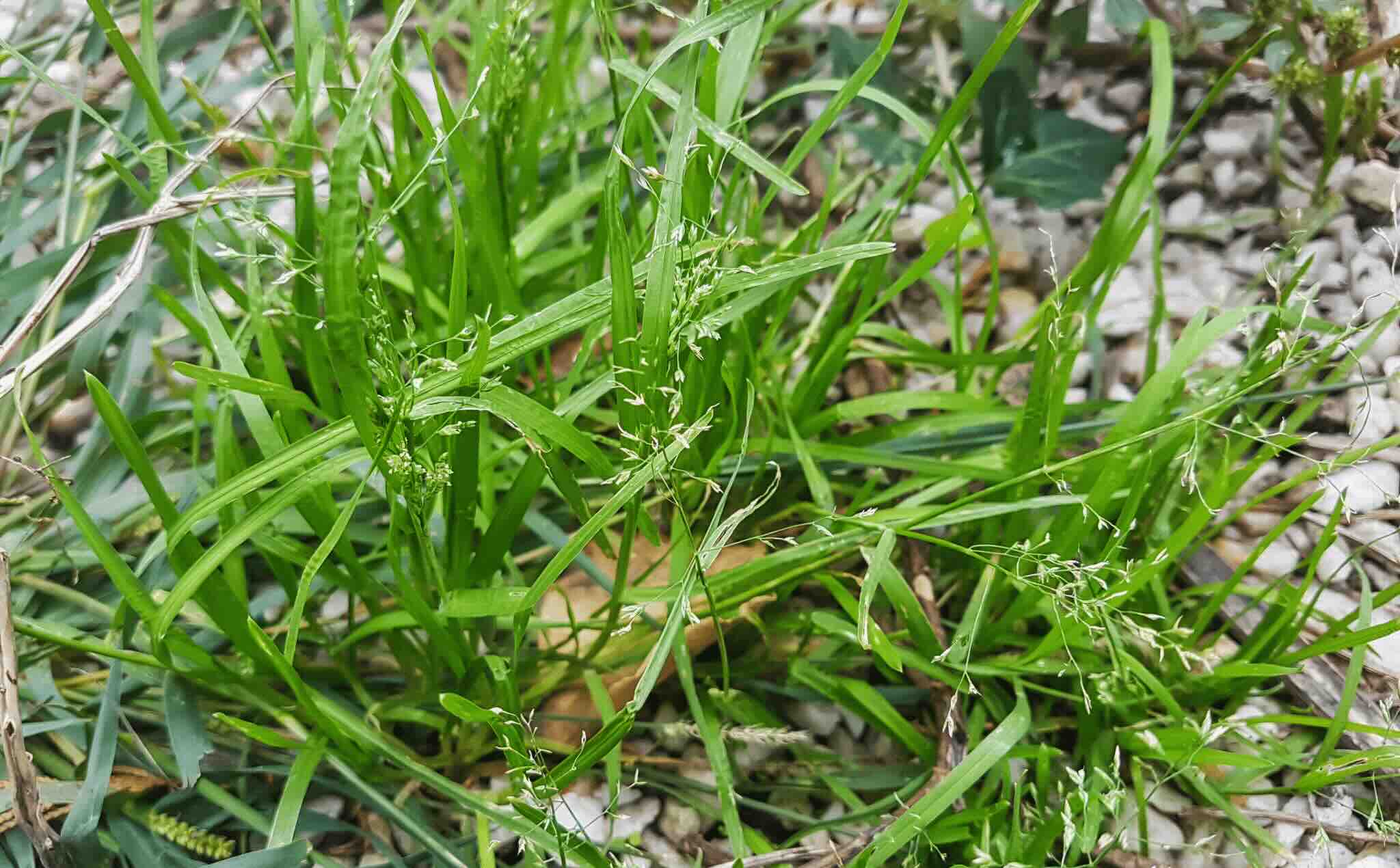

0 thoughts on “When To Water Grass In Winter”